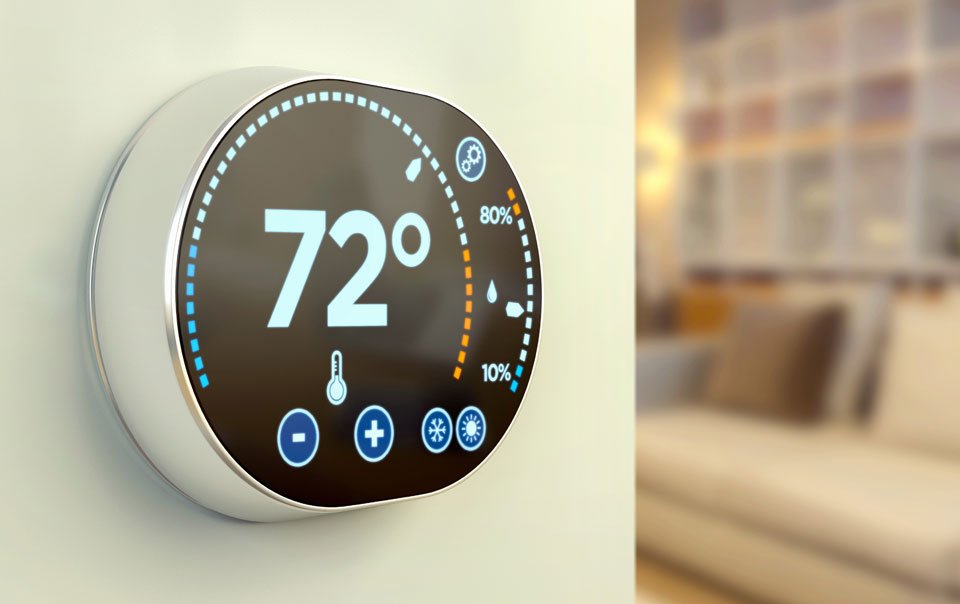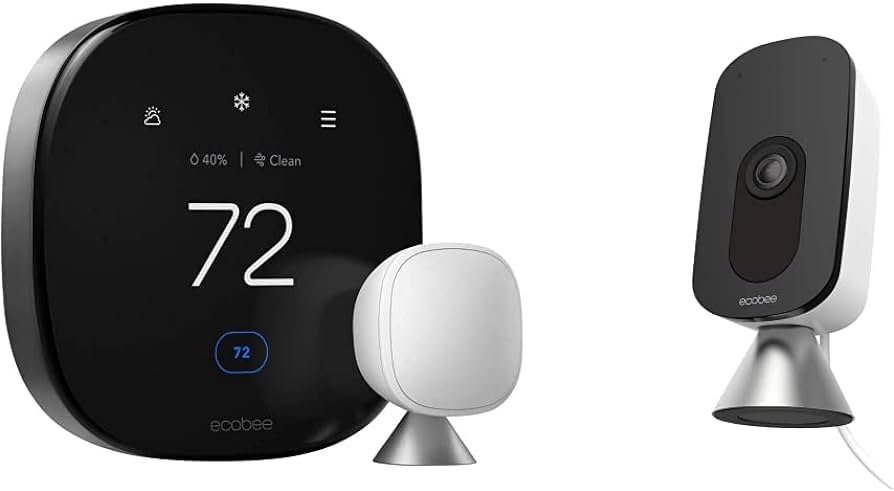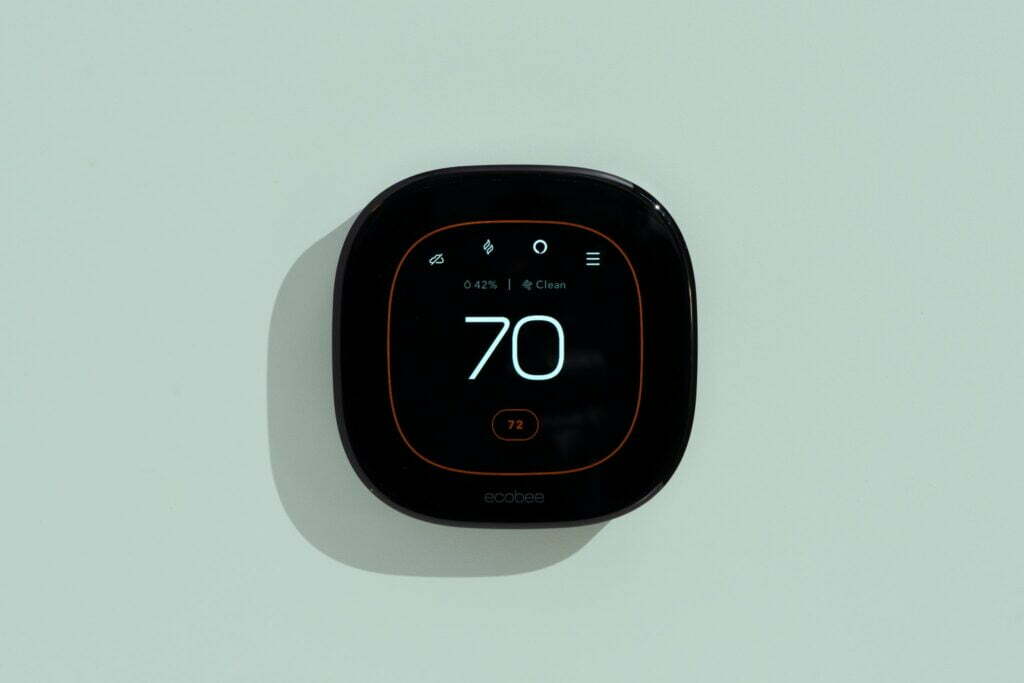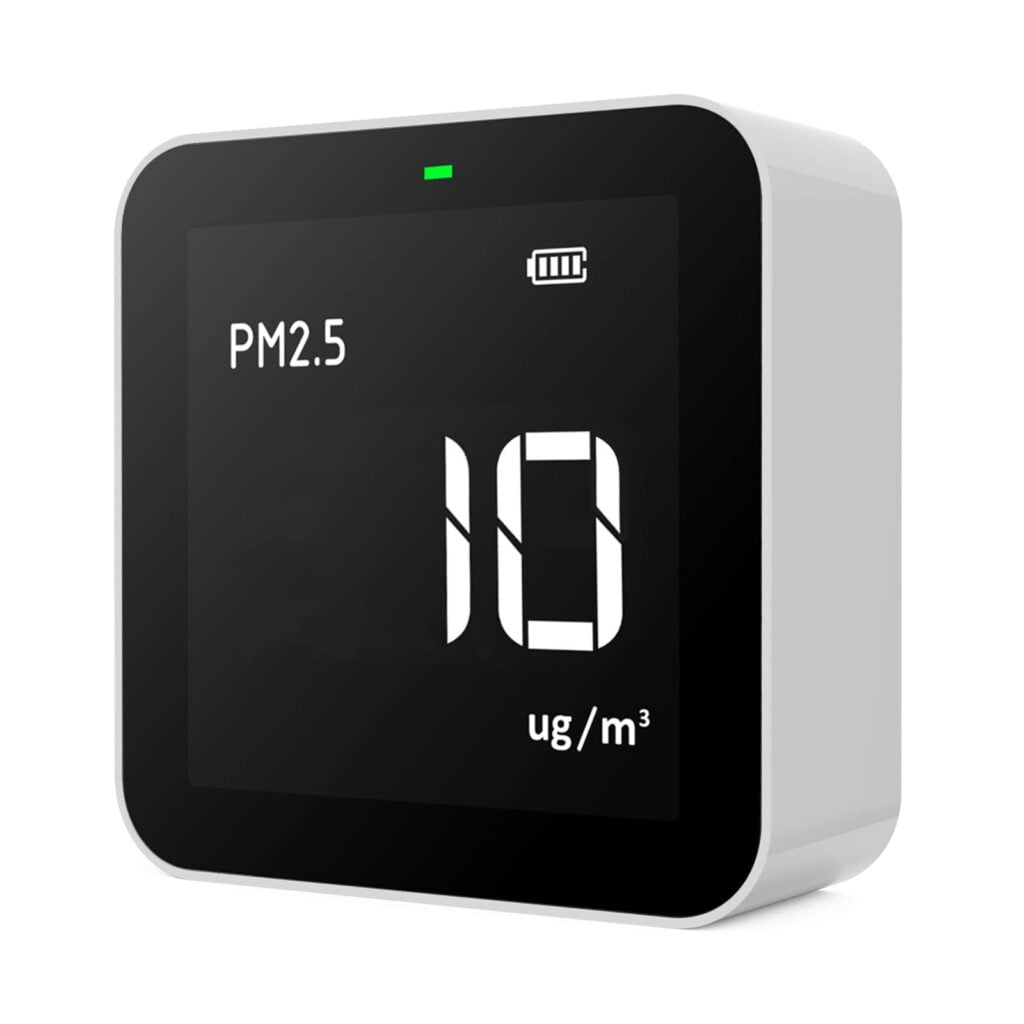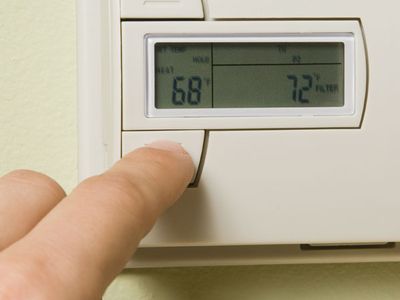Security Issues With Smart Thermostats: Protecting your Home
Smart thermostats pose security risks due to weak passwords and insecure Wi-Fi networks, which can allow hackers to gain control and intercept sensitive data. The use of strong passwords and secure Wi-Fi networks is essential to protect against potential vulnerabilities. Understanding The Risks Associated With Smart Thermostats Smart thermostats offer convenience and control, allowing homeowners to easily adjust the temperature of their homes from their smartphones. However, these devices come with their own set of security risks that users need to be aware of. In this section, we will explore the potential vulnerabilities of smart thermostats and discuss the steps that can be taken to mitigate these risks. The Potential Vulnerabilities Of Smart Thermostats Smart thermostats are connected devices that rely on wireless communication and store sensitive data. This makes them susceptible to various security threats. Let’s take a closer look at some of the potential vulnerabilities: Lack Of Encryption For Stored Data One of the primary concerns with smart thermostats is the lack of encryption for stored data. This means that if an attacker gains access to the device, they can easily extract sensitive information such as your daily schedule, temperature preferences, and even your location. This information can be used for malicious purposes, such as identity theft or targeting your home. Potential For Unauthorized Access Through Compromised Devices Another risk associated with smart thermostats is the potential for unauthorized access through compromised devices. If a hacker gains control of another device connected to the same network, such as a smartphone or laptop, they may be able to exploit vulnerabilities in the smart thermostat and gain control of it remotely. This can lead to unauthorized changes in temperature settings, privacy invasion, or even physical damage to your HVAC system. Vulnerabilities In Wireless Communication Protocols Smart thermostats rely on wireless communication protocols to connect to the internet and interact with other devices. However, these protocols can have vulnerabilities that can be exploited by attackers. For example, if the communication between the thermostat and the router is not properly secured, an attacker within range can intercept the data and gain unauthorized access to the device. To protect yourself from these potential vulnerabilities, it is important to take proactive measures. Ensure that your smart thermostat is connected to a secure and encrypted Wi-Fi network. Regularly update your device’s firmware to patch any known vulnerabilities. And most importantly, change the default password provided by the manufacturer to a strong and unique password. By understanding the risks associated with smart thermostats and implementing necessary precautions, you can enjoy the convenience and energy-saving benefits of these devices while keeping your home and personal information secure. Common Security Issues With Smart Thermostats Smart thermostats are a convenient and energy-efficient way to control the temperature in your home. However, like any internet-connected device, they also come with their fair share of security risks. In this article, we will discuss some common security issues with smart thermostats that you should be aware of. Lack Of Encryption And Data Privacy One of the main concerns with smart thermostats is the lack of encryption and data privacy. Many manufacturers do not encrypt the data that is stored on the device, making it vulnerable to unauthorized access. This means that if a hacker gains access to your smart thermostat, they could potentially access sensitive information about your daily routines and even your home address. Unauthorized Access To Home Network Another security issue with smart thermostats is the potential for unauthorized access to your home network. If a hacker is able to gain control of your smart thermostat, they could potentially use it as a gateway to gain access to other devices on your network, such as your computer, smartphone, or even your security system. This not only puts your personal information at risk but also compromises the overall security of your home. Potential For Hacking And Unauthorized Control Of Thermostat Settings Smart thermostats are connected to the internet, which means they are susceptible to hacking attempts. Hackers could potentially gain unauthorized control of your thermostat settings, allowing them to manipulate the temperature in your home. This could not only lead to discomfort but also result in higher energy bills as the thermostat may run constantly or at extreme temperatures without your knowledge. Exploitation Of Vulnerabilities In Smart Thermostat Software Like any software, smart thermostat software is not immune to vulnerabilities. Hackers are constantly on the lookout for these vulnerabilities and can exploit them to gain unauthorized access to your smart thermostat. Once they have access, they can potentially control your thermostat, gather sensitive information, or even install malware on your device. It is important to stay vigilant and take the necessary precautions to protect your smart thermostat from these security risks. Make sure to change the default password, secure your home network, and keep your smart thermostat software up to date to minimize the chances of unauthorized access and potential exploitation of vulnerabilities. Best Practices For Securing Your Smart Thermostat Smart thermostats have become increasingly popular for their convenience and energy-saving capabilities. However, like any connected device, they can pose security risks if not properly secured. By following these best practices, you can ensure that your smart thermostat remains protected from potential threats and maintain the privacy of your home. Keep Your Firmware Up-to-date Regularly updating the firmware of your smart thermostat is vital to its security. Manufacturers release firmware updates to fix known vulnerabilities and improve the device’s overall performance. To keep your thermostat protected, check for firmware updates regularly and install them as soon as they become available. Importance Of Regularly Updating The Smart Thermostat Firmware Regularly updating your smart thermostat’s firmware is crucial for maintaining its security. Outdated firmware can leave your device vulnerable to attacks and make it easier for hackers to gain unauthorized access to your home network. By installing updates promptly, you can ensure that your smart thermostat remains protected against any potential threats. Enabling Automatic Updates For Convenience And Security Enabling automatic updates
Security Issues With Smart Thermostats: Protecting your Home Read More »

